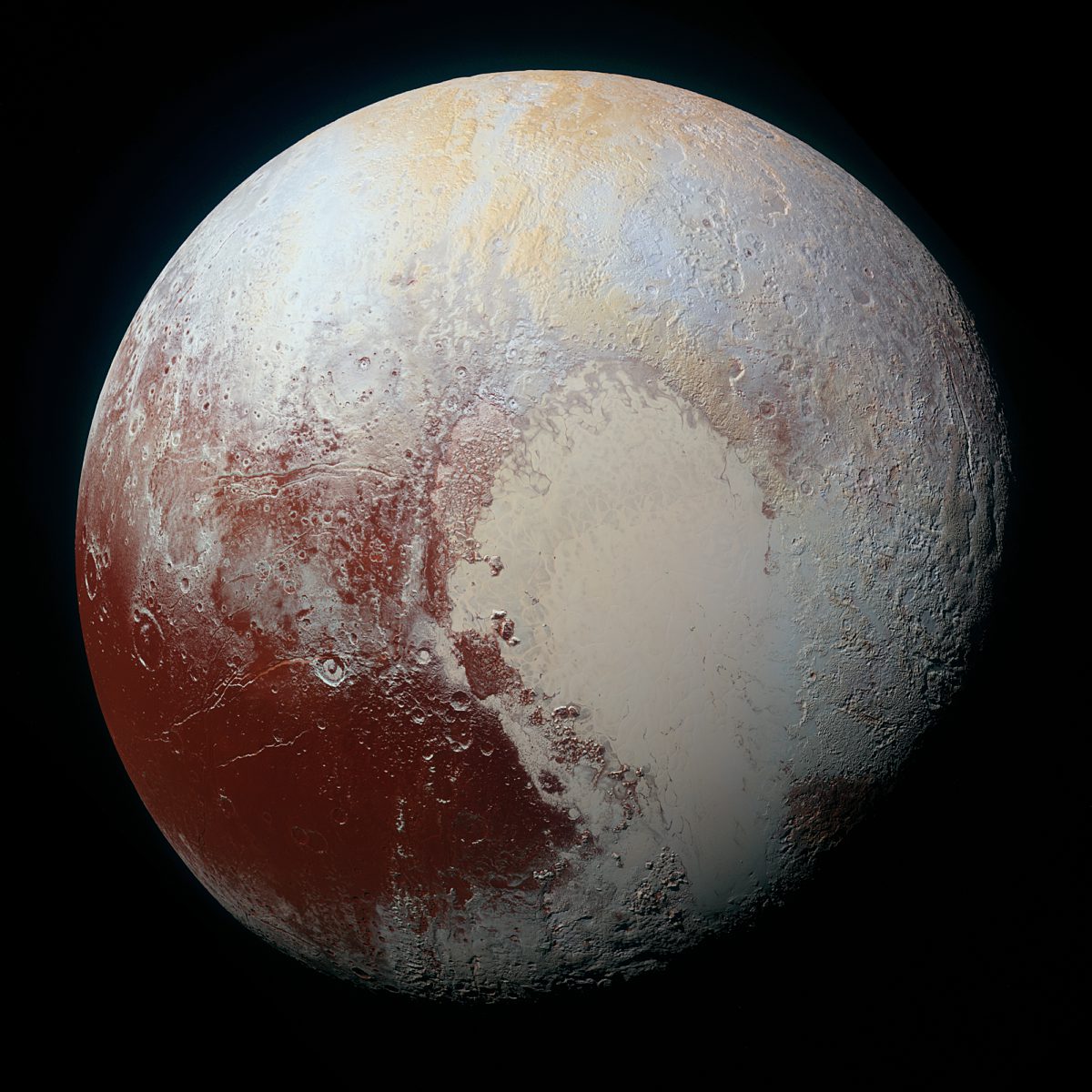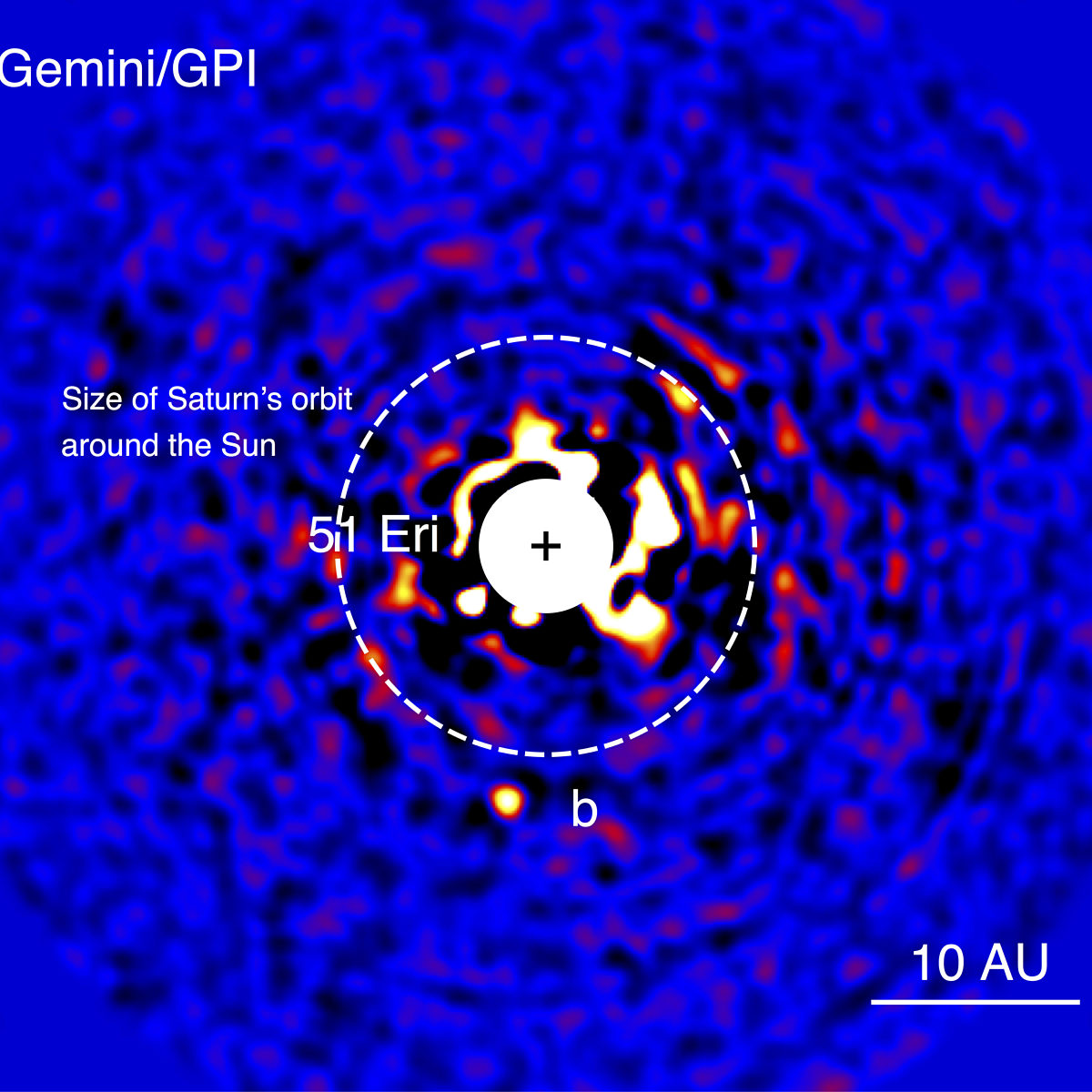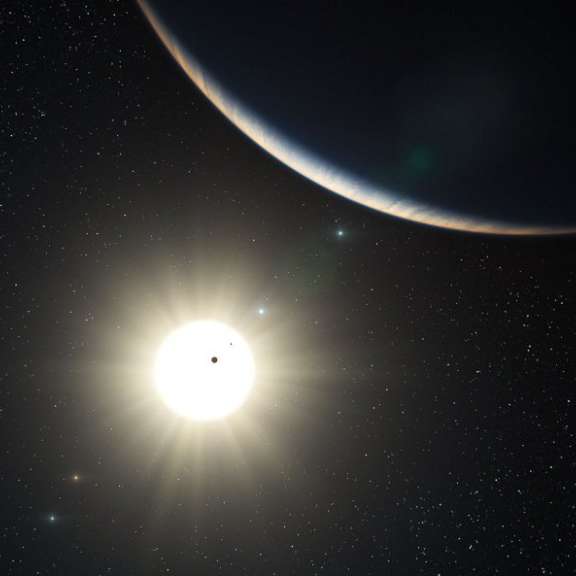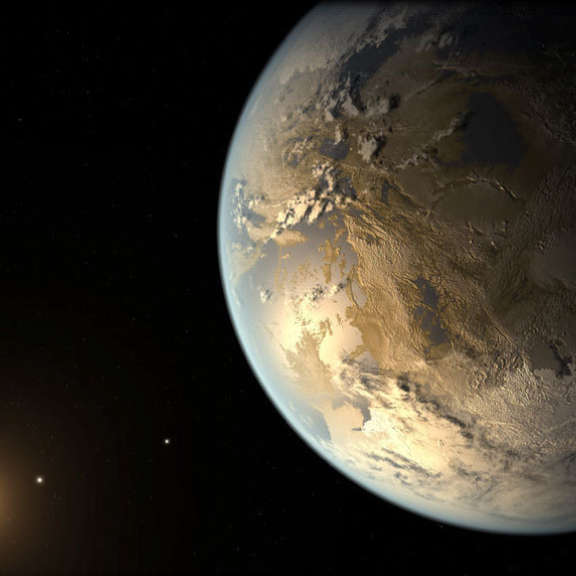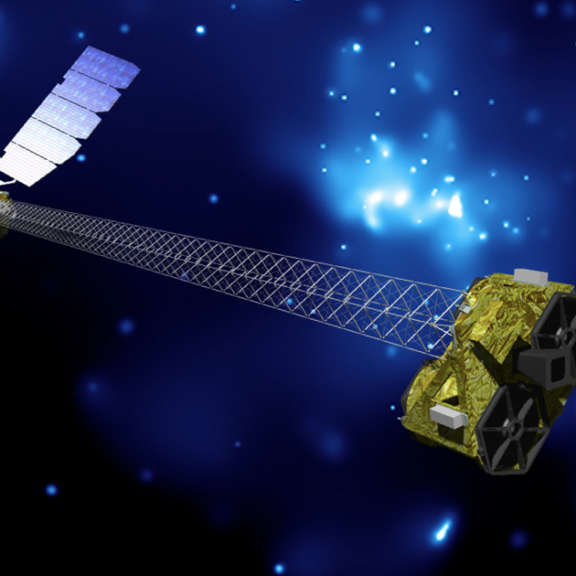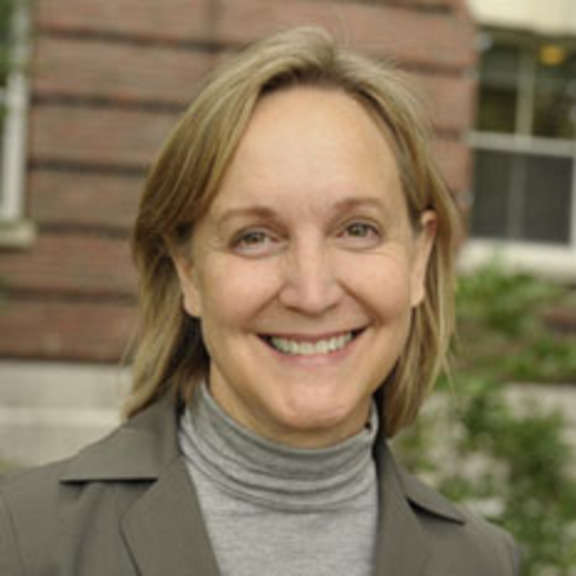Since 2002, Planetary Radio has visited with a scientist, engineer, project manager, advocate, or writer who provides a unique perspective on the quest for knowledge about our Solar System and beyond. The full show archive is available for free.
Search Planetary Radio
Bruce Betts, Jason Davis, Casey Dreier and Emily Lakdawalla gather with Mat Kaplan for a fascinating and informative Planetary Radio Extra year-in-review roundtable discussion.
A small but talented UK team is building Twinkle, a small spacecraft with a big mission—exploring the atmospheres of planets orbiting other stars.
Franck Marchis is on the team that has delivered an actual image of a young, hot world about 100 light years from Earth. We talk with him on the 20th anniversary of the first exoplanet discovery.
SETI Institute scientist Jason Rowe returns to tell us about the smallest exoplanet so far that has had its size and mass determined. Jason also talks with Mat about our ever-expanding knowledge of these worlds that circle faraway stars.
Astronomer and planetary scientist Courtney Dressing is the lead author of research that may have found the formula for the mass and composition of Earth-like planets. She reveals the ingredients and why she spent time at JPL while in high school.
MIT planetary scientist and astrophysicist Sara Seager is on a quest. She wants to find a warm, wet exoplanet with signs of life. It could be Earth 2.0.
It’s terribly hard to find exoplanets that look like our homeworld. The search requires development of astoundingly powerful and precise instruments. That’s the job Debra Fischer and her team have taken on.
Harvard’s Henry Lin led work that determined the soon-to-be-launched James Webb Space Telescope may be able to detect an alien civilization by analyzing its atmosphere.
Kepler-186f is the very first exoplanet that is both the size of our own world and in the habitable zone surrounding its star. SETI Institute scientist Elisa Quintana is lead author of the paper announcing its existence.
Finally found: an Earth-sized planet in the habitable zone. You’ll hear lead scientist Elisa Quintana make the announcement. Then OSIRIS REx mission Principal Investigator Dante Lauretta will tell us how the spacecraft will return a sample of material from the birth of the solar system.
Principal Investigator Fiona Harrison provides an X-ray tour of some of the universe's most fascinating objects, Casey Dreier has analysis of NASA's 2015 budget plans, and Bill Nye sees the inherent optimism of science in the verification of another 715 exoplanets.
SETI Institute researcher and member of the Kepler team Jason Rowe helps us dig into the latest big announcement about hundreds of planets in solar systems like our own.
Principal Investigator and physicist Bruce Macintosh joins astronomer Franck Marchis to celebrate first light from the most powerful instrument for imaging exoplanets.
The Planetary Society’s Senior Editor and Planetary Evangelist recaps this year’s revealing meeting of the Division for Planetary Sciences (DPS).
A Planetary Radio double header includes a visit with CosmoQuest’s Pamela Gay. She and colleagues are working to replace vital federal funds for science education and citizen science programs. We also go to the dark side with David Carnahan of NanoLab, developer of carbon nanotubes that may help us discover Earth-like planets.
There will soon be one thousand confirmed exoplanets, but how do we learn more about such distant worlds? We talk to the leader of a team that has recently developed technology capable of revealing the spectra of these planets, which allows us to tease apart their composition. Emily Lakdawalla invites you to find the next “face” on Mars, while Bill Nye says another asteroid flyby is good news. Our special What’s Up space trivia contest prize will put your picture in orbit!
We pay another visit to the queen of planets with Cassini Mission Project Scientist Linda Spilker. She always brings us fascinating news from Saturn, its moons and rings.
Our special coverage of the ALMA Observatory inauguration continues, with the President of Chile, the incoming ALMA Director, and much more from the Atacama Desert.
The first of two shows about Mat Kaplan's journey to Chile's Atacama Desert for the inauguration of the Atacama Large Millimeter small millimter Array, the most ambitious, Earth-based astronomy project in history.
Yale Professor of Astronomy Debra Fischer is one of our planet’s most successful discoverers of exoplanets. She has set her sights on Alpha Centauri, where she hopes to find a Earth-sized world in the habitable zone: not too hot, not too cold for life.


 Explore Worlds
Explore Worlds Find Life
Find Life Defend Earth
Defend Earth


